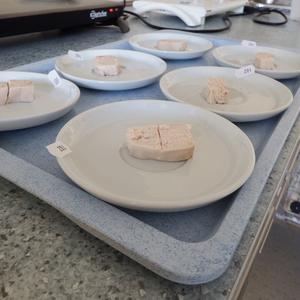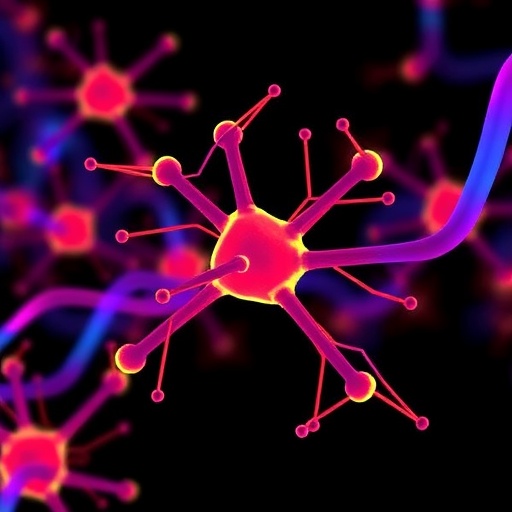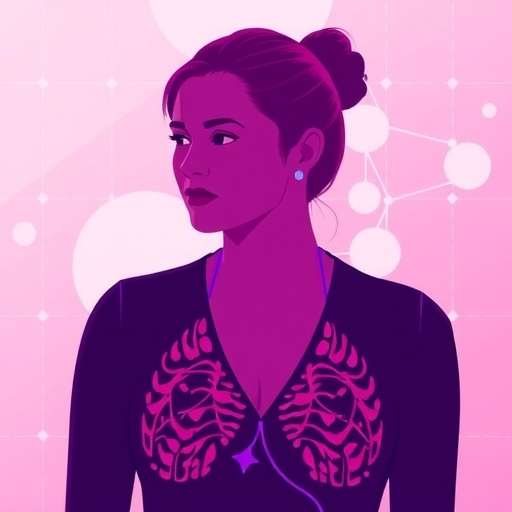University of Göttingen research team investigates the influence of insect and microalgae feeds on meat quality

Credit: Quality of Animal Products, University of Göttingen
Worldwide there is a growing demand for animal products for human nutrition, despite vegan and vegetarian diets becoming more popular in Western countries. Changing diets necessitate a substantial amount of protein as an input for animal production. Future protein feedstuffs will need to become independent of arable land in order to avoid further land use changes, such as deforestation. The cultivation of insects as well as microalgae are up-and-coming sectors in Germany, as well as globally, to meet protein demands for humans and animals alike. Therefore, a research team at the University of Göttingen investigated whether these alternative protein sources alter typical meat quality. Their results have been published in the Journal of the Science of Food and Agriculture (JSFA).
In a study conducted as a part of the project “Sustainability Transitions in the Food Production”, broiler chickens were fattened using feed with the main protein sources being soybean meal, spirulina, or insects. Animal growth, meat quality (especially concerning shelf life), and eating quality were investigated. Their results of laboratory testing and sensory (taste-testing) analyses across 132 birds show that black soldier fly larvae meal and spirulina can be included in poultry feed without negatively impacting quality. Chickens fed with black soldier fly larvae meal produce meat equivalent to the status quo. Chickens fed with spirulina produce meat with a more intensive colour and flavour. “Overall, both prove to be potential soybean meal alternatives in the search for new protein sources for animal feed,” as explained by the study lead researcher Dr Brianne Altmann.
Microalgae are currently produced globally for biofuel, animal feed, and human consumption; however, they remain much more expensive than soybean meal. Currently in the European Union (EU), insects are only authorized for human consumption and for fish feed; they are likely to be approved for poultry feed in the near future. In the EU, all insects must be produced using certified animal feedstuffs. However, “sustainability necessitates the incorporation of waste products in the production of insects,” explains Professor Daniel Mörlein, professor for the Quality of Animal Products.
Three groups at the Faculty of Agricultural Sciences, University of Göttingen, are currently examining the foundations for more sustainable and socially-accepted plant and animal-based foods. Product perception as well as consumer acceptance studies are commonly conducted in the faculty’s modern sensory laboratory.
###
Original publication: Brianne A. Altmann, Ruth Wigger, Marco Ciulu, Daniel Mörlein: The effect of insect or microalga alternative protein feeds on broiler meat quality. (Journal of the Science of Food and Agriculture, open access). http://dx.
Contact:
Dr Brianne Altmann
University of Göttingen
Faculty of Agricultural Sciences, Department of Animal Sciences
Quality of Animal Products
Albrecht-Thaer-Weg 3, 37075 Göttingen, Germany
Tel: +49 (0)551 39-5611
Email: [email protected]
http://www.
Professor Daniel Mörlein
[email protected]
Media Contact
Melissa Sollich
[email protected]
Original Source
https:/
Related Journal Article
http://dx.





